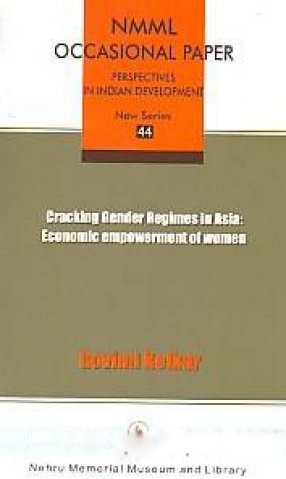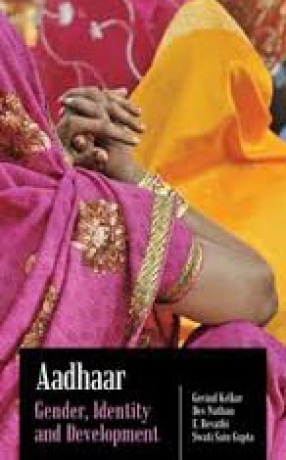Aadhaar: Gender, Identity and Development
In 2006, the Government of India promoted Aadhaar, a biometric identification system, which has now reached 650 million people. The aim of the scheme was to establish a biometric registry to provide a unique identity to all individuals, women and men, in the country. It was expected that this biometric identity would help poor women and men establish their identities so as to access various benefits provided by the government. In conjunction with frugally engineered mini-ATMs (automated teller machines), it was expected to promote financial inclusion. The book looks at the gender dimension of Aadhaar, studying the (current and potential) impact of the scheme especially on women and gender relationships with the household, and on changing patriarchal social norms. This volume explores: Would Aadhaar help poor women establish their identity and, through that, secure their entitlements due in various schemes of the government?
Get it now and save 10%
BECOME A MEMBER
-

Gender Relations in Forest Societies in Asia: Patriarchy at Odds
-

Globalization and Indigenous Peoples in Asia: Changing the Local-Global Interface
-

International Trade and Global Civil Society
-

Cracking Gender Regimes in Asia: Economic Empowerment of Women
-

Labour in Global Production Networks in India







Bibliographic information
Dev Nathan
E. Revathi
Swati Sain Gupta